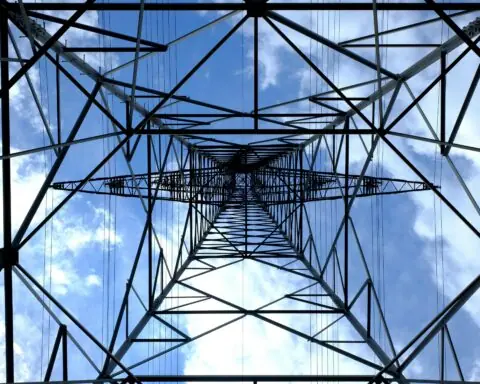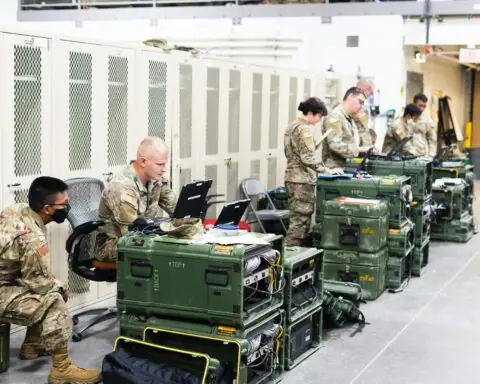New England’s wholesale electricity coordinator has released a report that details the challenges and benefits associated with moving toward renewable energy systems, noting that a plan is in place to help the region optimize both as it continues the transition.
Managing the region’s electric system throughout the transition requires ISO New England Inc. to perform a large-scale balancing act, ISO representatives said. ISO is the independent, non-profit regional transmission organization that serves Connecticut, Maine, Massachusetts, New Hampshire, Rhode Island, and Vermont.
An estimated $620 million to $1 billion in transmission reliability investment will be needed each year through 2050 to support the clean energy transition, the ISO report said.
“We believe we have a clear blueprint outlining the key components needed for tomorrow’s greener grid, and we have developed innovative tools that will help the region make it a reality,” ISO said. “Importantly, these tools allow us to re-run scenarios as we learn more, taking new information into account — similar to how navigation apps recalculate a route to consider road construction or traffic.”
ISO serves developers who are proposing transmission upgrades that would deliver over 14,000 megawatts of clean energy from remote areas to the places in New England where it’s needed most. However, more than half of the transmission system could face thermal overloads during times of peak demand by 2050, ISO said.
As part of the 2050 Transmission Study, the ISO identified several potential roadmaps for addressing risk and potential costs associated with each approach.
“While some new construction will be unavoidable, many needs can be addressed by increasing the capacity of existing transmission lines at relatively low cost,” ISO said.
Overall costs could be mitigated significantly by shifting electricity demand away from peak hours, through measures such as demand response and flexible charging of electric vehicles and energy storage devices, the ISO study found.
Cumulative costs to upgrade the transmission system could reach $17 billion to reliably serve a 51-gigawatt peak in 2050, or $26 billion to support a 57-gigawatt peak. To reach those levels, the region’s annual investment in transmission reliability projects over the next 26 years would need to roughly keep pace with or exceed the average spent each year over the past two decades, the ISO said.
Stakeholders are discussing creating a process to allow the ISO and the New England States Committee on Electricity (NESCOE) to choose which transmission system concerns to address, solicit project proposals and advance them toward construction.
Progress has already been made.
In the last year, one major transmission line designed to import Canadian hydropower overcame legal challenges and resumed construction. But future projects may face obstacles in the form of siting and permitting restrictions, local opposition and lawsuits, and financing difficulties.
“It will be crucial for the states and industry to determine how to share the costs of these infrastructure investments, as well as how to work through siting and permitting delays,” the ISO said. “[We stand] ready to provide technical analysis to help the states pursue federal funding opportunities.”
Over the next 15 years, the region needs to add almost twice as much new generation as it added in the last 25 years, the ISO said.
“By the early 2030s, the annual energy needed to heat buildings and charge electric vehicles is expected to grow to about 20 times the forecast for 2024,” ISO said. “The growth over the next decade is just the beginning.”
Projects underway will support this goal and will also build on trends that have already seen regional power sector CO2 emissions fall about 40% in this century’s first two decades, the ISO said.
The Economic Planning for the Clean Energy Transition (EPCET) pilot study is preparing models, tools, and processes for future economic studies. The EPCET scenarios, which are built on the work of the Future Grid Reliability Study, are working to identify trends and challenges that may materialize as the region transitions to clean energy.
The study’s near-term modeling explores issues such as fuel security and the need for flexibility to manage minimum load conditions. Longer-range analyses focus on trends relating to public policy, including the cost of deep decarbonization and the need for dispatchable generation to complement intermittent resources, the ISO said.
The ISO said it has enabled thousands of megawatts of distributed energy resources, such as behind-the-meter solar, to participate in the wholesale electricity markets.












